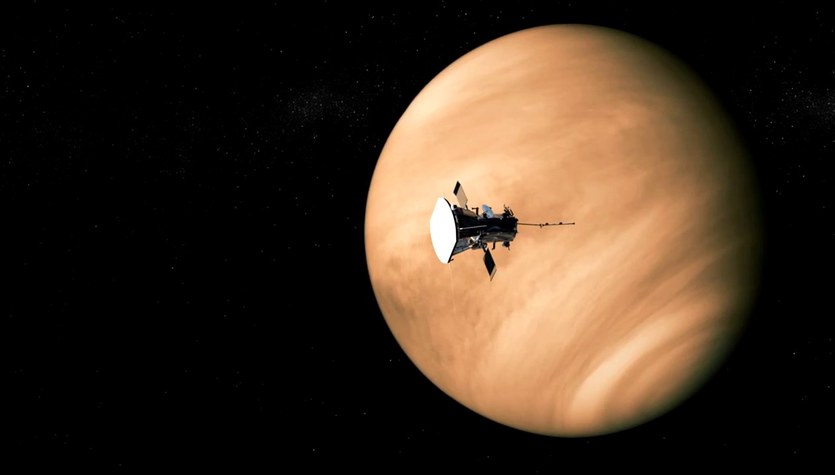The matter has become of interest to representatives of the Jet Propulsion Laboratory, who talk about a historic discovery of sulfur crystals. The discovery is yellow in color and is a source of excitement because nothing like this has been seen there before. This is very strange, given how common sulfates, that is, salts or esters of sulfuric acid, are on Mars.
Read also: A Martian scar reveals the Red Planet’s surprising past. We didn’t know about these facts
The case is even more interesting because Curiosity made this discovery by accident. It happened after driving over rock that had cracked under pressure. Add to this the fact that the Geddes Vallis area, where the events described occurred, is filled with similar rocks. This leads us to believe that there may be more sulfur out there and within sight.
The discovery is like finding an oasis in the desert, adds Ashwin Vasavada, a scientist associated with the rover mission. Since no one expected it, researchers now face a crucial task: understanding the conditions under which the crystals found by the six-wheeled rover formed. It is currently the most powerful scientific tool for exploring the secrets of the Red Planet.
Thanks to the discovery made by the Curiosity rover, we now know that sulfur exists on Mars. This is another piece of the puzzle about this planet.
Mars may have been more Earth-like in the past than it is today. The presence of sulfates is circumstantial evidence in this context, because they form in the presence of water. When water evaporates, the sulfates may remain. By analyzing the chemical composition of the planet, scientists can build a climate picture of the local environment.
In the case of sulfur itself, things get even more mysterious, because it’s hard to pinpoint the conditions under which it could have formed on Mars. The conditions known on Earth for this phenomenon to occur are very specific, so it’s not certain that they would have been similar on the Red Planet. If not, it could mean that sulfur is produced in a way that science has yet to discover.
Read also: Strange objects on Mars. Scientists are trying to explain where they came from
This element is linked to the presence of life, although we are talking of course about the form known from our planet. So far, there is no evidence of any living organisms living on Mars now or in the past. However, there is increasing evidence that the local environment was chemically and climatically similar to our own. This increases the chances of discovering traces of life.
In the near future, the research team will try to determine the conditions under which the sulfur appeared in Gediz Valles. There was a river nearby, whetting the appetite of scientists looking for evidence of life on the Red Planet. Curiosity continues its journey deeper into the valley.








